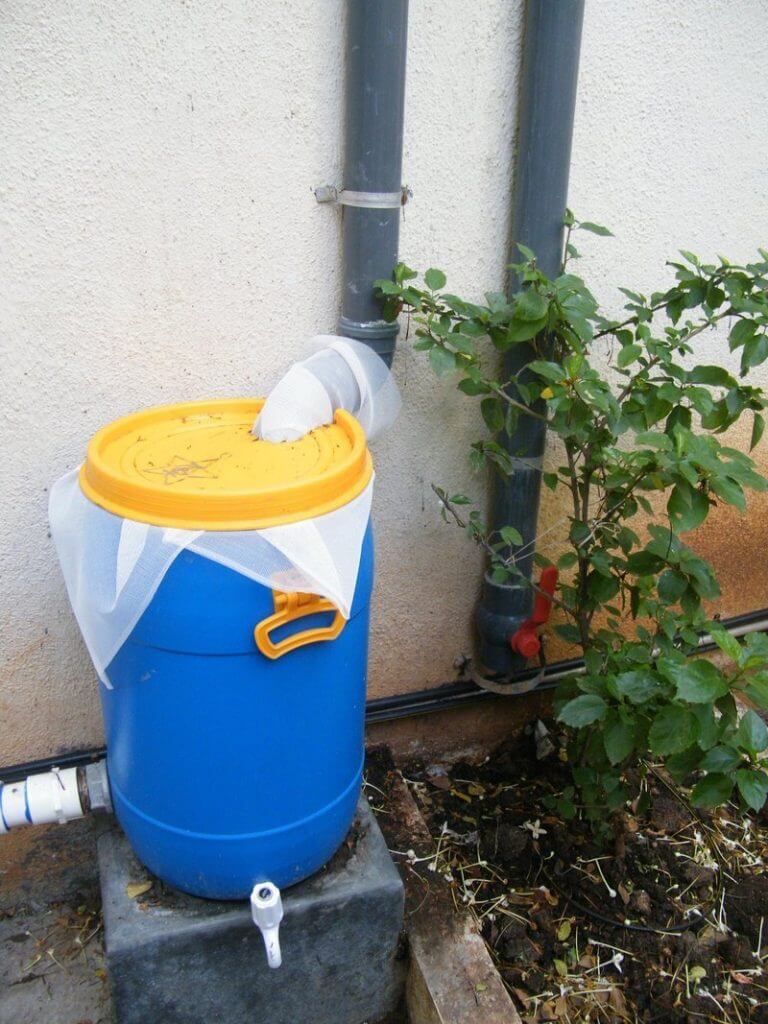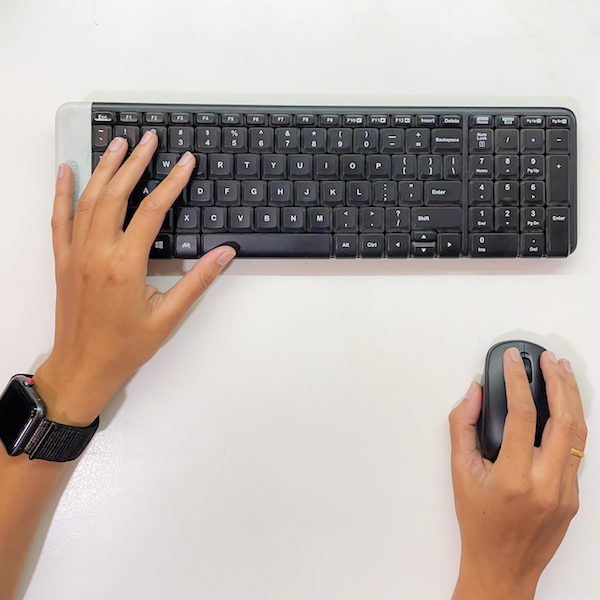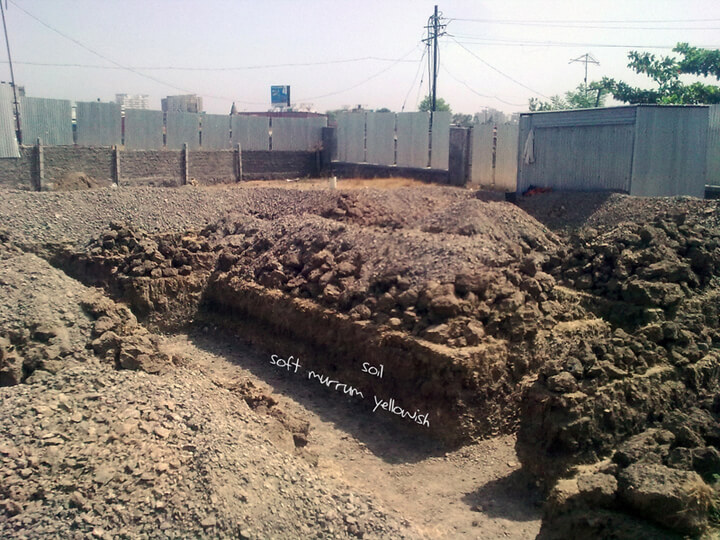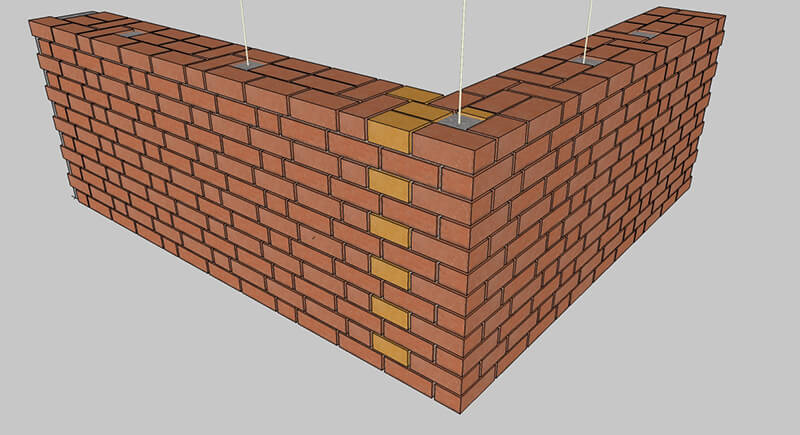
Here is a video in marathi on rainwater harvesting. Apologies for my english inflicted marathi. Thats a video taken at biome environmental solutions(bangalore), where i worked for a long time. Thanks to Vishwanath sir, there are more such videos explaining rainwater harvesting in more languages. This particular one is taken at our office which was designed by Chitra. It was designed along with this system of chains, filter and tank.The tank is large because bangalore does not get water for 2-3 days and it is hugely dependent on borewell supply.hence more storage.
If you are in Pune with an existing house you need not always invest in a big tank for long term storage.Pune has a daily pmc supply of water and hence our tanks have always been small, 800-1000ltrs per family. R.w.h need not be done for long term storage ( as we dont not really face scarcity), but for better usage of pmc water. So when rainwater is there, we can close our pmc chlorinated water supply. In this way we are actually saving a lot of water in the dam which can thus be used for areas which face scarcity. So when it rains, we let the rains fill into our tank first and then allow the rest to be filled by pmc supply. Rainwater is pure and drinkable.
In pune most of the new apartments are coming with these intiatives from the inception stage. But the old houses and apartments in the city can adapt by a few changes. Typically if you can locate your downtake pipes ( pipes which carry water from your terrace to ground) then you can direct them towards your underground tank / हौद . The way to manage the first rain separator, ad filter can be best decided after looking at the existing scene which your house has.
What I did at my house: My house is a 35 year old ground plus one bungalow with existing plumbing and downtake pipes. We changed one of the pipes coming down. This brings down water from approximately 160sqft or roof area.
picture 1: shows the filter drum located in our 7′ setback. The pipe is seen going down, which runs to our underground water tank.
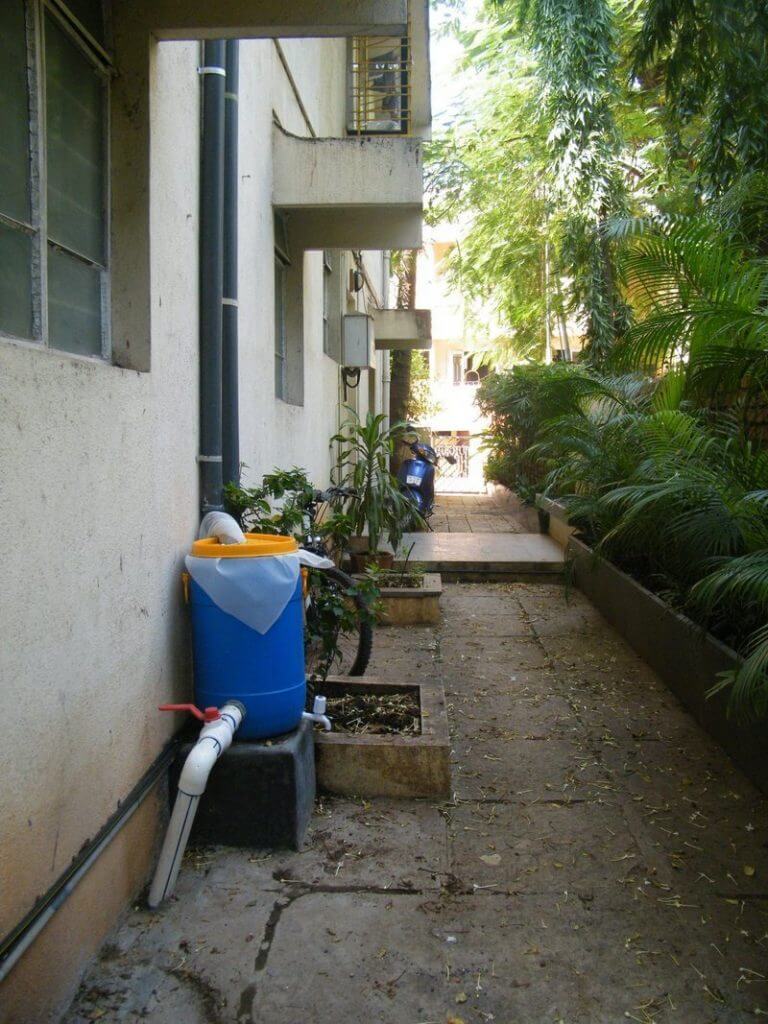
picture 2: shows the downtake pipe. it was changed to pvc at one point. A Y joint was introduced. Water always flows downwards by gravity. But the straight pipe at the bottom has a closing valve. so the water starts filling up till it reaches the Y joint. Then it will flow over to the adjacent pipe and fall into the filter drum. This is how the first rain gets caught in the straight pipe and the latter flows over into the filter.
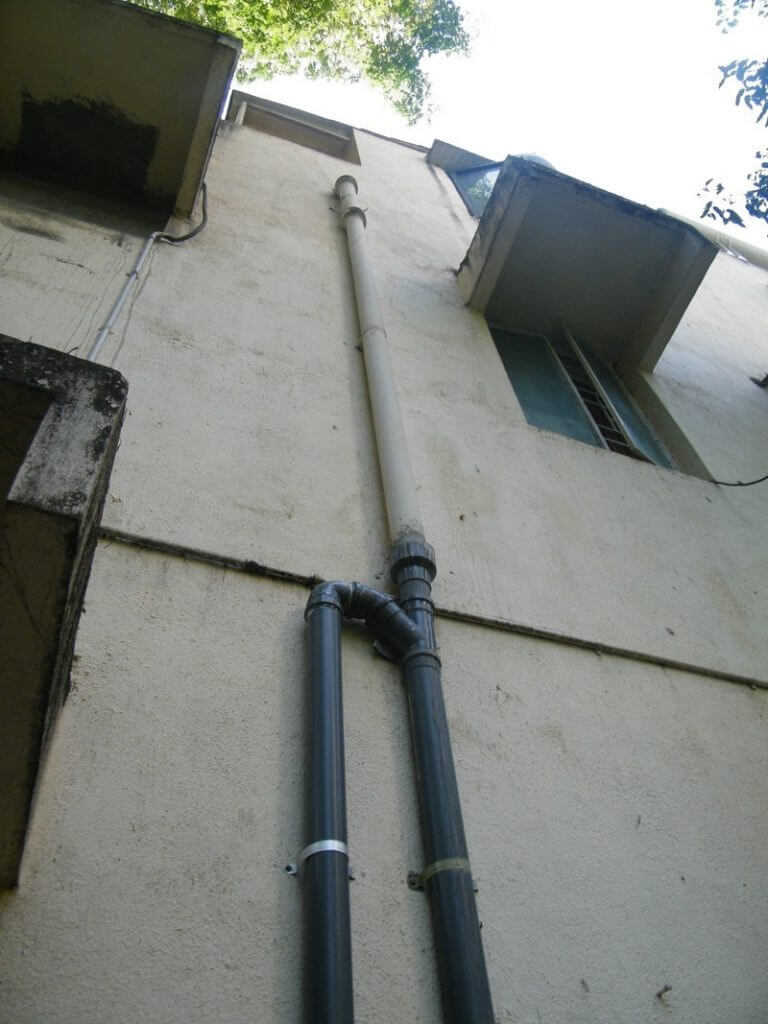
picture 3,4: the drum is lined by mosquito mesh. it is then filled with gravel खडी ,coarse sand जाड वाळू , fine sand बारीक वाळू .
